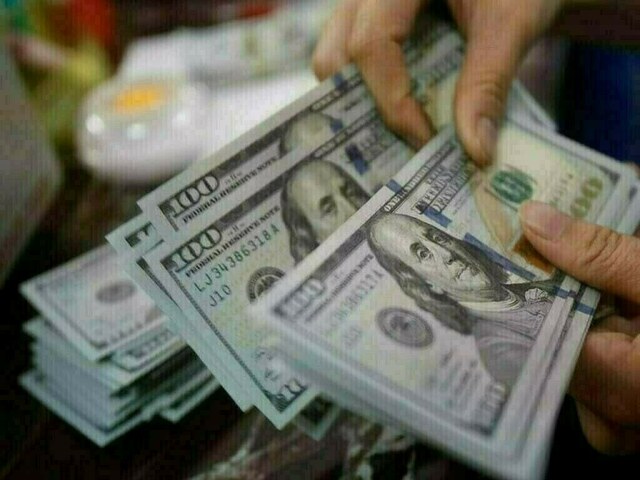EDITORIAL: That the economy is stuck in a low-growth trap is a fact. Imports are already inching up without being accompanied by a robust growth momentum. Traditionally, import pressure has been felt when growth reached over four percent; however, now after two years of stabilisation at 2-3 percent growth, a stress is already visible in the interbank market.
The issue is that the economy’s size is growing, as nominal GDP has increased from US$ 311 billion in FY16 to US$ 410 billion in FY25.
However, SBP forex reserves today stand at US$10-12 billion compared to US$18 billion in FY16. Commodity prices, even after declining from their super cycle peak, remain higher than their FY16-18 levels. Low reserves combined with relatively higher commodity prices have created a new normal that coupled with a rising consumption demand from a young and growing population traps the economy in a cycle of low growth.
The key question is why reserves are not increasing and why external funding has dried up, despite the country continuously being in IMF programmes and receiving praise from the Fund for its progress and reform commitments. Moreover, why are bilateral and market-based inflows scarce, even though international rating agencies have upgraded the country’s ratings? Why is the country stuck in repeated rollovers?
Recently, China approved only half of its committed funding. Other bilateral partners are merely rolling over existing loans. Commercial loans remain expensive, despite improved ratings. The finance minister has yet to start attracting capital from Chinese markets via panda bonds, and there are no discussions about issuing new Eurobonds or sukuk. No fresh loans appear imminent.
Currently, the government has only empty promises for investment. At best, it can secure sovereign loans by improving perceived sovereignty internationally. Investment should ideally come from the private sector, but when local investors themselves are looking to take capital out of the country, it is unrealistic to expect foreign investors to show interest.
The drain on the financial account continues, and some loans might not roll over, while capital account inflows (FDI) remain insufficient to bridge the gap. Consequently, the current account must remain balanced — if not in surplus — during FY26. Remittances cannot grow significantly, given their large existing base, and exports have limited upside potential.
Conversely, import pressure is building. At current growth levels of 2-3 percent, imports are already difficult to manage. With the national tariff rationalisation policy in action, reductions in import duties are likely to drive even higher imports, thus making demand management critical.
The currency is the first line of defence. The SBP has accelerated currency depreciation from five paisas a day to 15 paisas a day, with PKR/USD currently hovering around 284. The currency needs to adjust further until imports are brought under control, which implies little room remains for additional interest rate cuts.
Another concern is that currency depreciation will reignite inflation expectations because fuel and energy costs are pegged to the US dollar and the interest payments on government’s external debt would increase. Any corresponding increase in exports as a result of currency depreciation would at best be marginal to begin with. Thus the fragile macroeconomic recovery faces premature challenges as these trends likely to persist in FY26 as well.
Copyright Business Recorder, 2025
